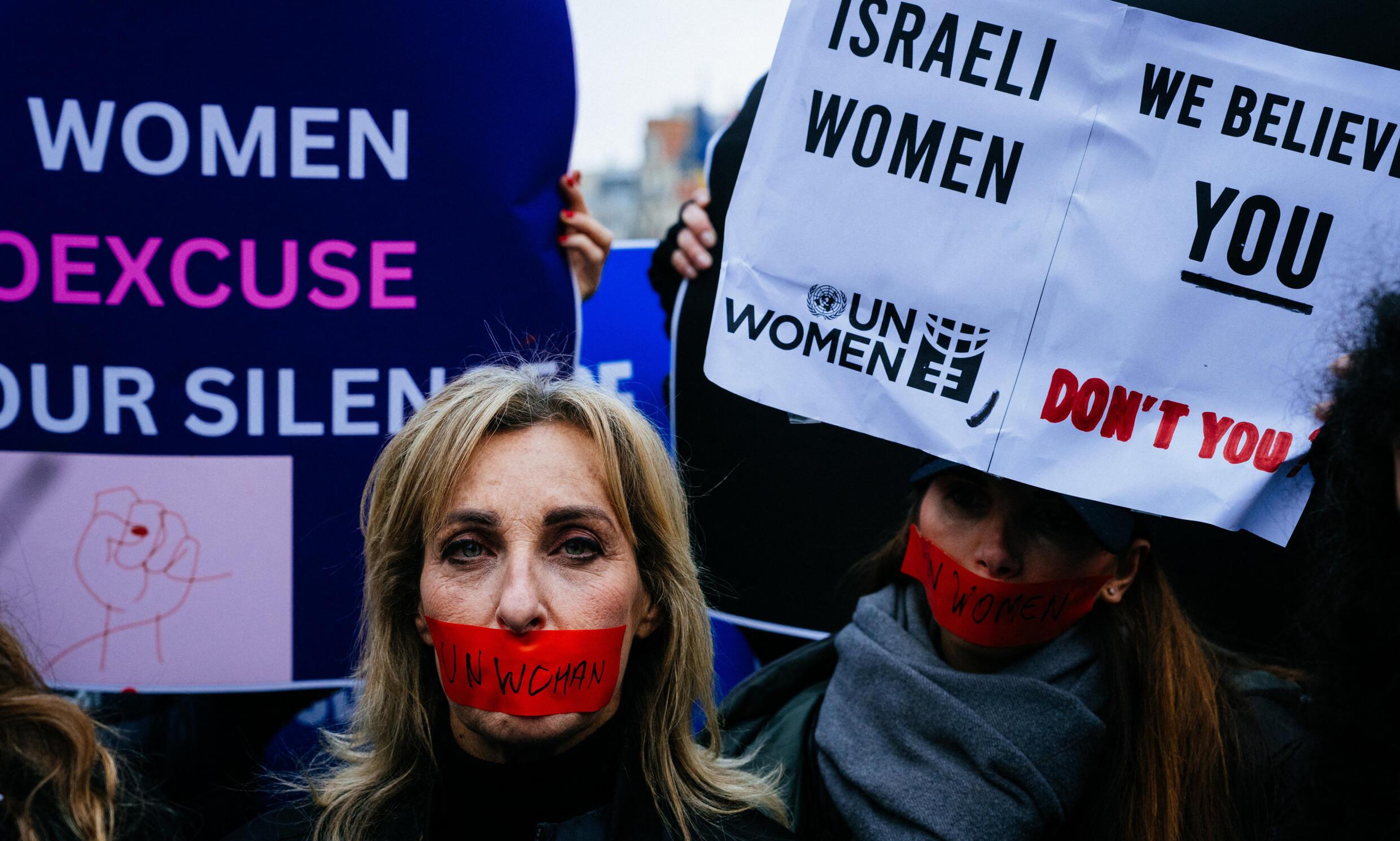
When the Israeli allegation of 'Hamas mass rape' as a strategy shattered
text_fieldsUnethical and disregarding international laws and human rights considerations, Israel launched a full-blown attack on Gaza after the October 7 attack by Hamas, courting the Western media, from centre to far right, to spread disinformation and justify its vicious and heinous killing of innocent people.
It seems that Hamas has been fighting not only the Israeli forces but also these half-cooked, concocted, and false narratives created by Western media. These narratives solely depend on statements from Israeli officials to demean Hamas, attempting to draw parallels between Hamas and ISIS terrorists.
It has been as if these Western media outlets have been disseminating Israeli propaganda against Hamas, to some extent fighting alongside the Israeli forces. One of the widely propagated Israeli propaganda pieces was that Hamas was weaponizing sexual acts against Israeli hostages, or raping and mutilating its victims without evidence, merely forwarding Israeli officials’ versions. Even earlier, there was the claim of the beheading of 40 Israeli babies, which was even stated by US President Joe Biden as fact.
This information, which initially emerged from Tel Aviv-based news sources citing Israeli soldiers, rapidly permeated Western media, creating a wave of outrage and drawing comparisons between Hamas and ISIS.
US President Joe Biden was one of many public figures who reiterated these claims, which were later walked back by his administration due to a lack of independent verification. Israeli officials themselves eventually conceded that they could not confirm such incidents.
This episode illustrated a key tactic in the propaganda campaign: disseminating emotionally charged and graphic stories to garner international support and justify Israel’s subsequent military actions in Gaza.
As the narrative of mass baby decapitation began to lose traction, it was replaced by another equally horrifying claim: that Hamas had systematically used rape as a weapon during the October 7 attack. Western media outlets, such as the BBC and The New York Times (NYT), prominently featured these allegations, citing Israeli police and other Israeli sources.
The BBC's report detailed alleged mutilations and rapes based on unverified eyewitness accounts from the Israeli police, while the NYT's December 28 story, "Screams Without Words: How Hamas Weaponized Sexual Violence on Oct. 7," sought to substantiate these claims further.
The NYT article, co-authored by Pulitzer Prize winner Jeffrey Gettleman and two Israeli colleagues, Anat Schwartz and Adam Sella, focused on the alleged rape and murder of Gal Abdush, a narrative centrepiece intended to symbolize the broader horrors allegedly perpetrated by Hamas.
However, this story began to unravel when Abdush’s family publicly denied that she had been raped, suggesting the NYT misled them during their interviews. Additional doubts were cast on other reported incidents, such as the supposed sexual abuse of two women in Kibbutz Be’eri, which local sources later contradicted.
Despite the initial surge of reports, there has been a notable lack of corroborating forensic evidence. Israel's efforts to substantiate these claims have so far fallen short, and the reliability of the sources has been increasingly questioned.
For instance, the editors of The Daily, the NYT's podcast, opted not to feature the story due to insufficient evidence, signalling internal scepticism within the publication itself.
While initial rebuttals came mainly from Palestinian and alternative left-wing media outlets, such as Electronic Intifada, The Grayzone, and The Intercept, mainstream Western media began to critically reassess the narrative.
The Nation and The Washington Post highlighted significant shortcomings in the NYT’s reporting, with the latter noting that 50 senior journalism professors had called for a review of the article.
A thorough reassessment by The Times of London, referencing a report from the UN special representative on sexual violence, concluded that the information on the October 7 attack originated from sources that lacked credibility, leading to a flawed narrative.
This flood of purported facts and the subsequent global reaction reveals several key insights. Firstly, the assertion that Hamas used mass rape as a deliberate strategy has not been substantiated by credible evidence.
Secondly, the Western media has largely ignored the sexual violence perpetrated by Israeli forces on the Palestinian population, reflecting a biased narrative.
Thirdly, the media has consistently failed to present the historical context of Palestinian suffering, characterized by settler colonialism, dispossession, and apartheid, which the UN acknowledges as underlying factors in the conflict.
Finally, Israel has effectively weaponized media information to portray itself as a victim, despite its ongoing military actions in Gaza that have resulted in significant civilian casualties.
The media’s role in amplifying unverified and sensational claims has had profound implications, shaping public perception and policy responses. The weaponization of information, rather than fostering understanding and resolution, has contributed to the ongoing cycle of violence and suffering in the region.
This article is based on an opinion piece written by Pamela Philipose, The Wire's ombudsperson, in The Wire.





